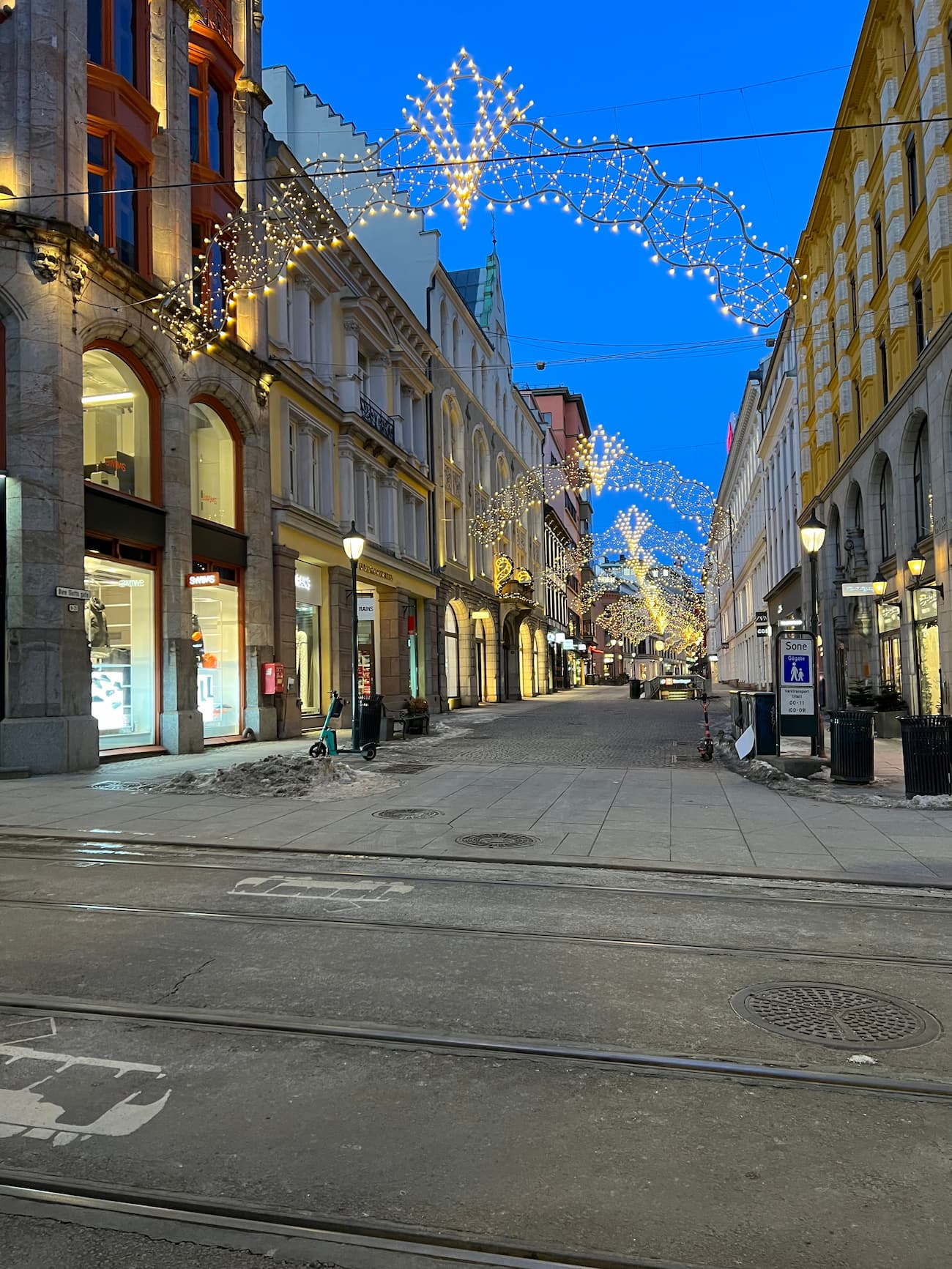Haljackey
Active Member
Left turns are the most difficult problem for traffic engineers, if only NA drivers could learn to use roundabouts.
Once you get to the point double left turn lanes with a dedicated signal phase there isn't much more that can be done to alleviate the situation. Unfortunately we can't seem to handle them in anything but the lowest traffic level conditions.
We're getting better with them. More roundabouts are being built year after year.
And there are other designs you can do to help with left turns including loop ramps, jug-handles, Michigan Lefts, Continuous Flow intersections, etc. All these are more expensive than a standard intersection however. At least roundabouts don't require as much maintenance after they're built but do cost more upfront than a standard intersection.
There are a few places in the world with triple lane left turns too. Las Vegas Boulevard comes to mind, along with a few giant stroads in Flordia.







